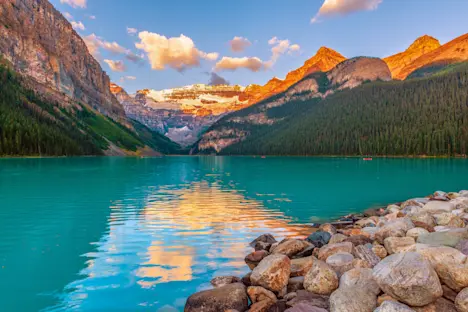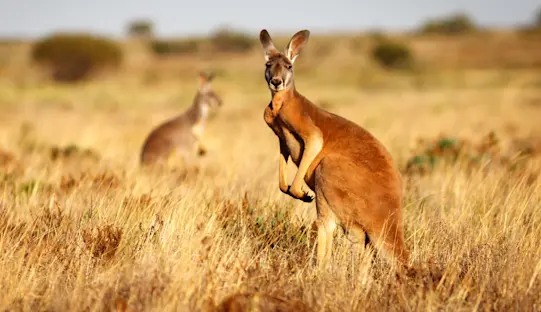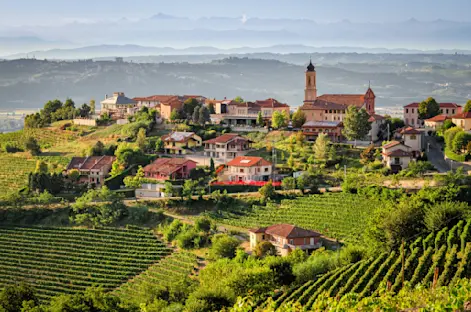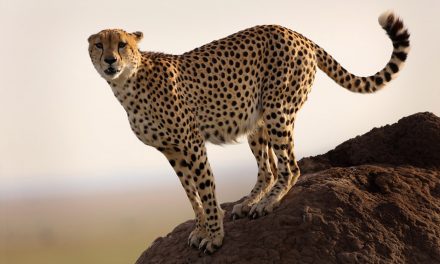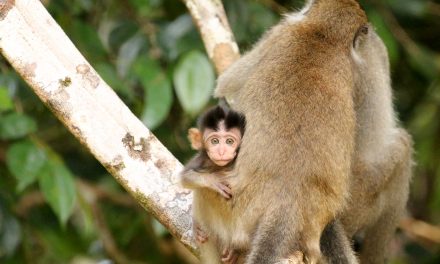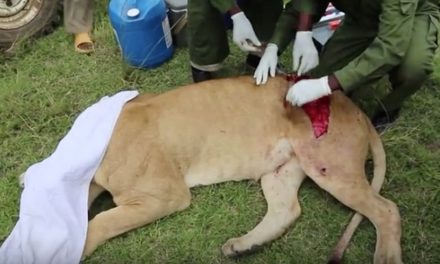
No one else has the combination of memories, experiences and perspectives that you do. So the paths you take through all these places are unique.
There’s a type of trip you can go on anytime you want. It doesn’t cost anything, and it’s guaranteed to spark your creativity and to give you all the refreshment afforded by a typical vacation. It’s called daydreaming.
Whenever we let our minds wander—such as when we’re out for a hike, walk or even when we’re just zoning out while doing the dishes—our brains fall into what’s called the “default mode network.” Here, in a wide web of neurons that makes up 60 to 80 percent of our brains, we’re free to imagine the future, reflect on memories and think about other people’s perspectives. Roaming this internal “landscape” is like taking a journey through our own minds—without even having to think about going on the trip.

Put away your cell phone and go for a nature walk once in a while. Your mind needs to wander. ©From the video “A Case for Dreaming: The Future Starts Here,” AOL Originals
That’s because there’s no structure to our thoughts while we’re in the default mode network. It’s all stream of consciousness, and it’s here our minds are able to find connections between things that we didn’t see as connected before.
Another way to think about the default mode network is as a reset button that replenishes your productive side. In fact, artist Salvador Dali recognized that in that lucid moment just before a nap, humans are their most creative selves. He often sought that place. Holding a key in his right hand, Dali would slouch in his chair. As soon as he would begin to fall asleep, his hand would relax and release the key. The sound of the key clanging onto a plate placed on the floor would cause Dali to wake with a start, thoroughly refreshed and ready to work. Aristotle and Thomas Edison were also fans of micronapping, which—according to Dali—should be no longer than a quarter of a second.

Letting your mind wander through all these connections is where creativity is born.
The more we learn about the science of the default mode network, the more it justifies vowing to put away our cell phones once in a while and instead look out the window or go for a nature walk. It’s important to give our minds the chance to wander. Then, when we return to our “task positive modes,” we’ll be more creative and productive.
Watch the six-minute video above from AOL Originals. In it, filmmaker Tiffany Shlain explores the science behind why mind trips are good for us.
I hope you’ll take one soon. Happy travels.
Here’s to finding your true places and natural habitats,
Candy






